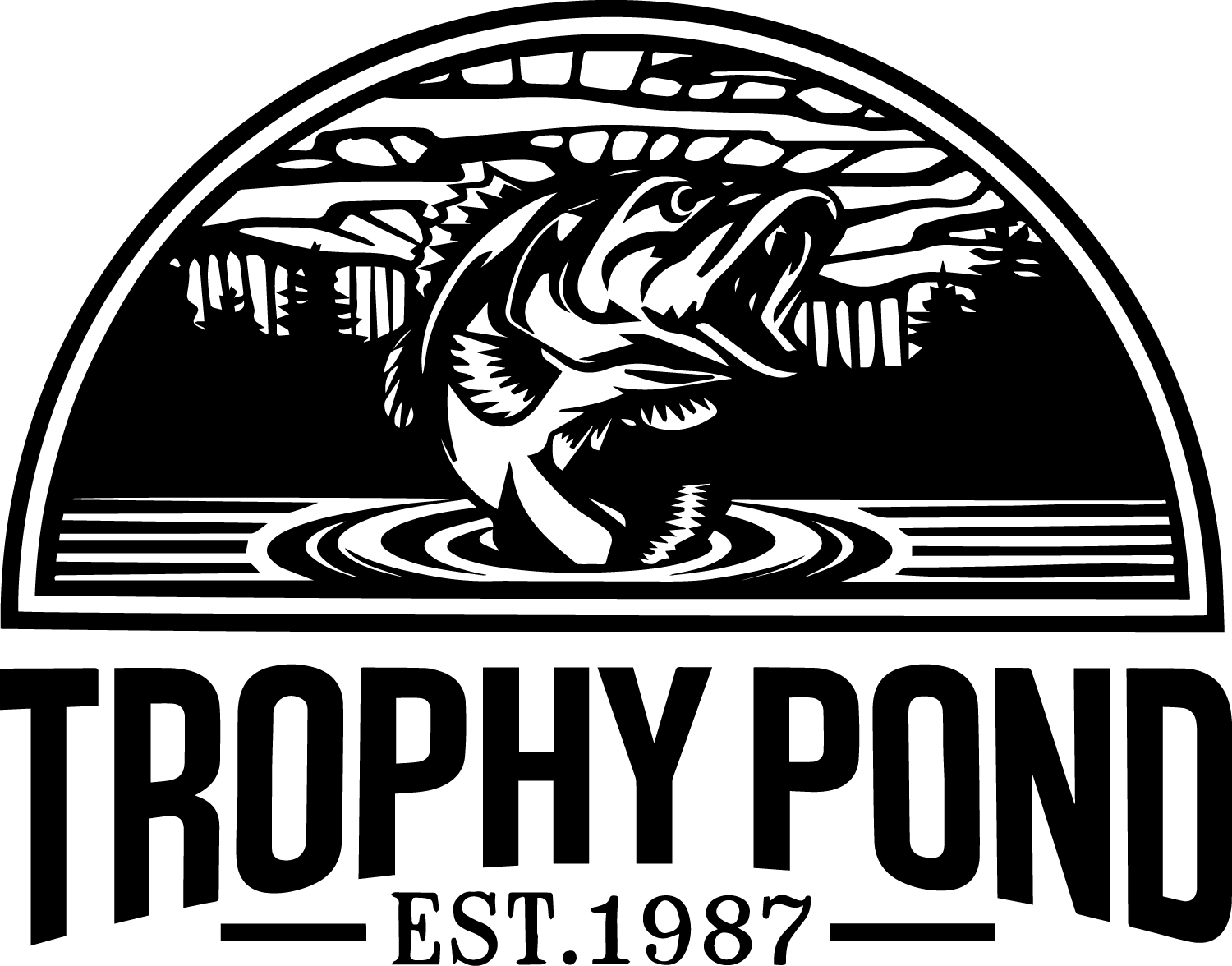Lake and Pond Construction Tennessee: How Important is Fish Knowledge?
In lake and pond construction, as in most any sphere of modern life, there is good information available online...and there is information that is not so good...and there is information that is so bad it makes one wonder about the intelligence of the person who published it. Nowhere is this truer than when it comes to recommendations on how to build a pond to make it suitable for fish.
Just like any other living organism, fish have specific biological requirements that have to be met in order for them to survive, and further requirements that must be met if they are to thrive and reach their fullest potential. You probably wouldn’t buy cows in July and then put them on a slab of concrete with no shade and no water, with multiple large mirrors pointed at them to focus the sun’s rays on them, and expect them to live long; but some of the recommendations that one can access online on how to dig a pond are not much sounder than this when it comes to promoting an environment healthy for fish growth and survival.
Now let’s take that analogy one step further: would you hire someone to build your pond if he admitted he had never even read so much as a word about pond construction, online or anywhere else? And yet we look at multiple ponds every year that won’t hold water because they were dug by excavators who clearly believed that building a pond was the same as building a road or a house pad, and couldn’t be bothered to learn something about the basic procedures, that have been established for many decades, for ensuring the best chance of success.
But let’s say you hire one of the dozer drivers to build your pond, and he succeeds in getting you a hole that holds water: you’re home-free at that point, right? You came out miles ahead, because look at how much money you saved over hiring a company with actual knowledge of fish. A pond is a pond is a pond, right? If it’s full, you’re good.
We electrofish dozens of private lakes and ponds every year, both those owned by long-time customers and ones owned by new customers. 90% of those ponds are permanently limited in what can be achieved with the fish population because they were dug by someone who had no knowledge of fish.
If you think it can’t possibly make that much difference, listen to two instances where it made all the difference.
There’s a 1.1-acre pond in middle Tennessee that we started working with in June 2014; I have written about this pond many times, and we have filmed at it many times for our TV show that airs on the Pursuit Channel. The pond already had an existing fish population when we started working with it; the biggest bass we found in our initial survey weighed 1.7 pounds, and the biggest bluegill weighed 0.6 pounds. Four years and nine months later, in February 2019, that same little 1.1-acre pond produced a 9-pound-two-ounce largemouth bass; then in June 2019 it produced a ten-pound-two-ounce largemouth; then the first week of August of that year, it produced a two-pound-fourteen-ounce bluegill.
That pond has had a grand total of three fish stockings in the eleven years we have worked with it, for a whopping total expenditure of under three thousand dollars. The only other expenditure that had been done on it prior to a few months ago when the landowners had us install an aerator was an ongoing feeding program on which the landowners spend under $2,000 per year.
We didn’t build that pond. The current landowners didn’t have it built; it was already there when they bought the property. But that pond was built in such a way that it differs dramatically, as in is worlds apart, from 99.9% of all private ponds and lakes we work on; and that better topography of the bottom of the pond makes an extraordinary difference, more than you could ever imagine until you have fished it yourself.
There’s another pond I just made a different blog post about recently; this pond is three acres in southern Kentucky. Like the 1.1-acre pond alluded to above, we didn’t dig this one; but it shares many characteristics of the 1.1-acre pond...And in spite of having minimal management in the three years since 2-3” Florida bass were stocked, it already has bass just under six pounds in it. The pond had many limiting factors when we electrofished it a few days ago, from a severely-depleted forage base to zero alkalinity, a significant water quality issue; but it has the right bottom contours, and that and good bass genetics have that pond out-performing most ponds that have had far more money spent on them.
If you truly don’t care if you ever experience anything other than mediocre fishing in your pond, by all means hire the cheapest guy; sometimes they luck up and the pond holds water, and at that point you’re well on your way to catching small fish. If having your own private honeyhole is a dream you have had for years or decades and you envision having a level of fishing beyond what most anglers have experienced, realize that no step in that process will influence the outcome more than who digs the hole for you. There are holes, and there are honeyholes; we build honeyholes.
